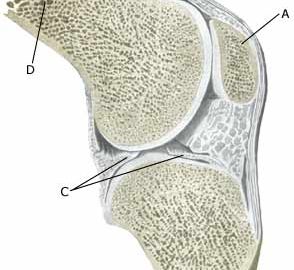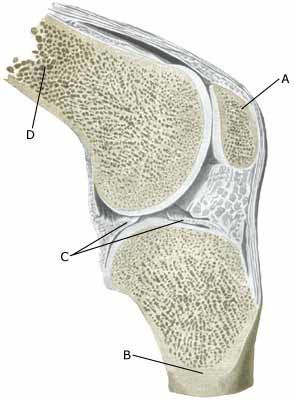|
||
|
||
| Cause: A bone fracture is usually caused by a blow or violent twist.
Symptoms: Sudden insetting pain which is aggravated when applying pressure and when applying load or strain. The symptoms are dependant upon which bone is broken. In cases where the knee cap is cracked right across, the stretching function will discontinue. Acute treatment: Click here. Examination: Medical assistance (casualty ward) should be sought immediately if there are any suspicions of a bone fracture in order for the diagnosis to be confirmed by X-ray examination. A fracture in the growth zone surrounding the knee can be difficult to determine in children and adolescents. Treatment: Treatment is completely dependent upon the type of fracture, and can consist of relief, bandage/plaster cast or operation. Rehabilitation: Rehabilitation is totally dependent upon the type of fracture, and the treatment (relief, bandage/plaster cast or operation). All attempts must be made to preserve the muscle strength in the thigh and shin bone as far as possible, and the mobility of the knee joint. Complications: If there is not a steady improvement in the condition a medical examination should be performed once more to ensure that the fracture is healing according to plan.. Specielt: As there is a risk that the injury can cause permanent disability, all cases should be reported to your insurance company. |


